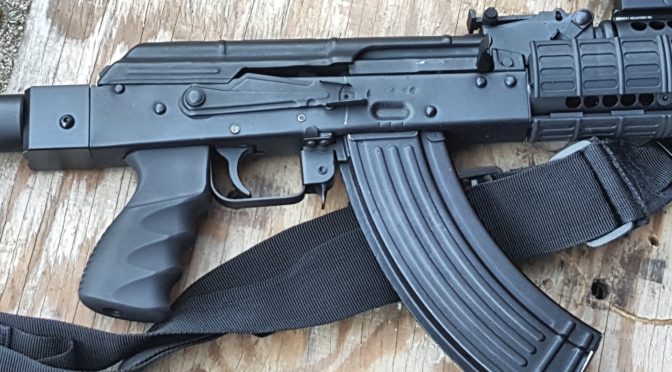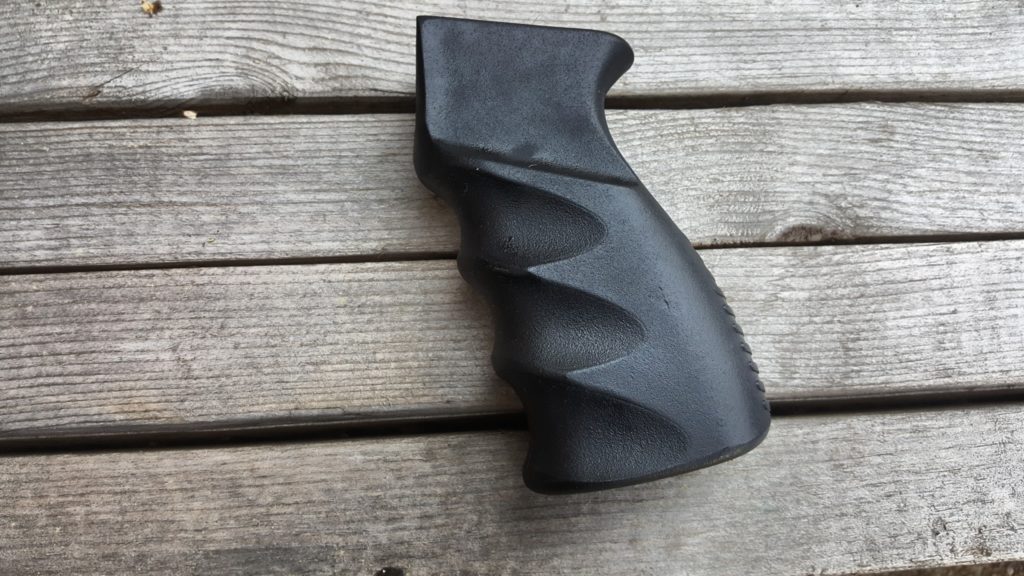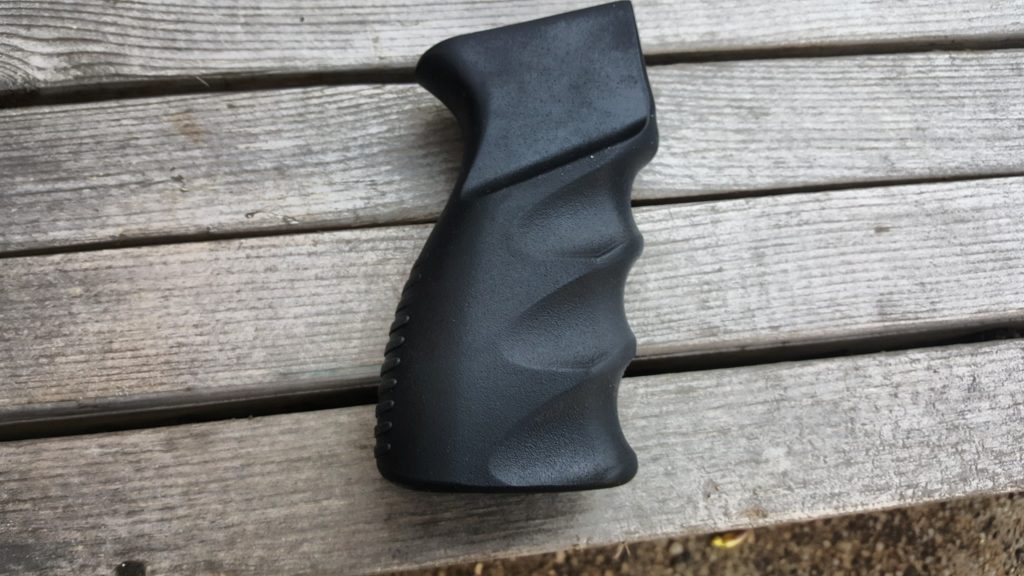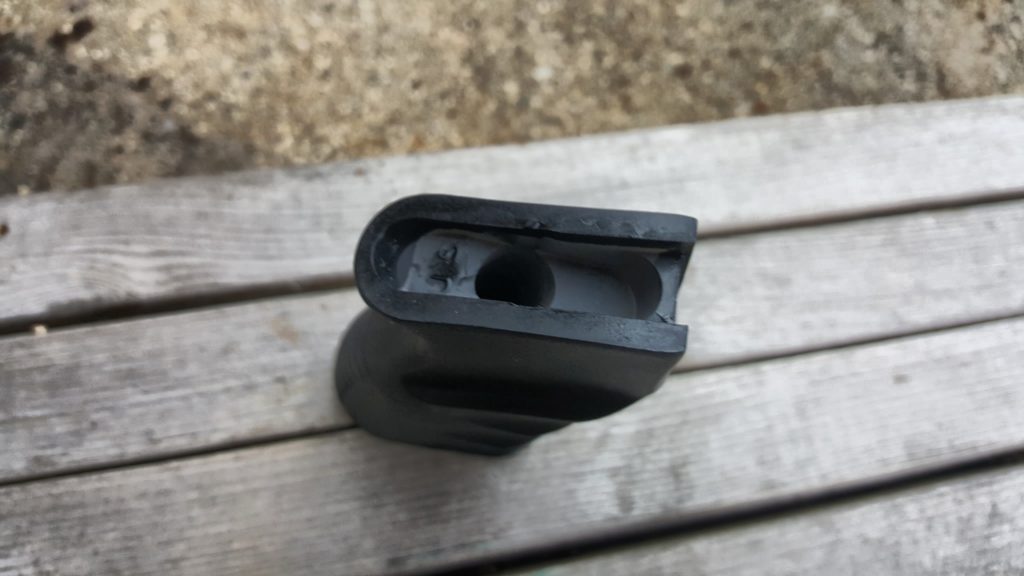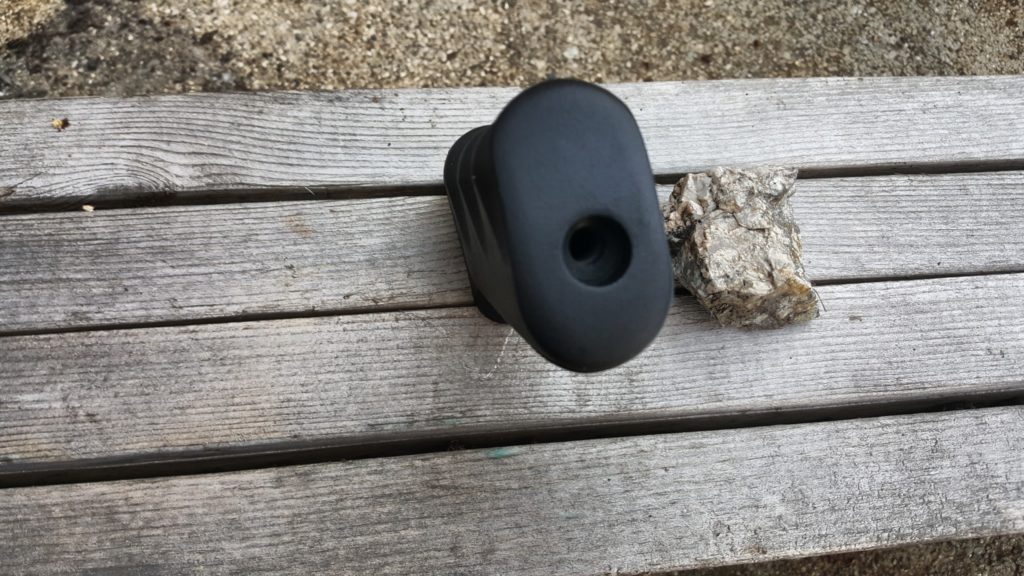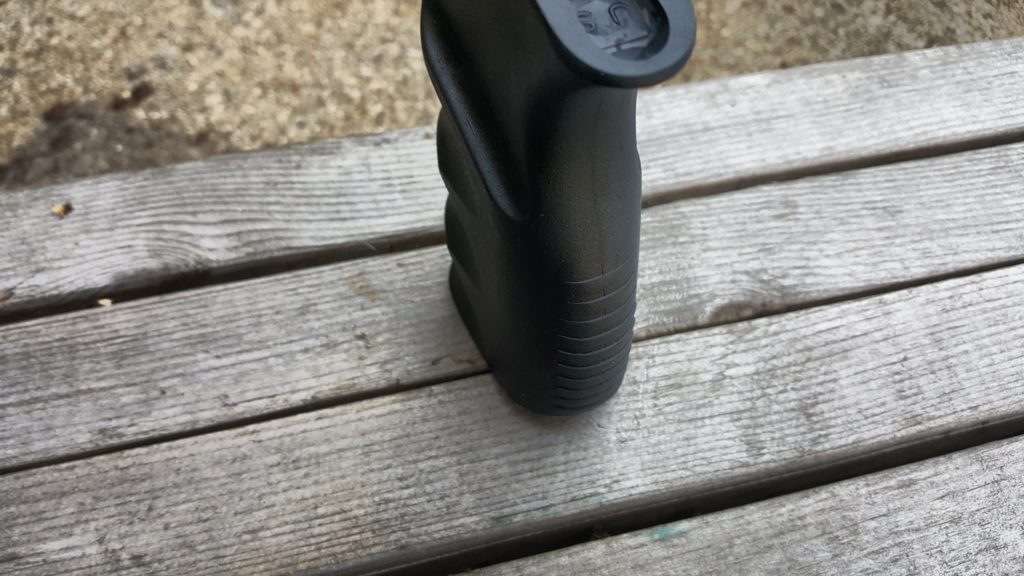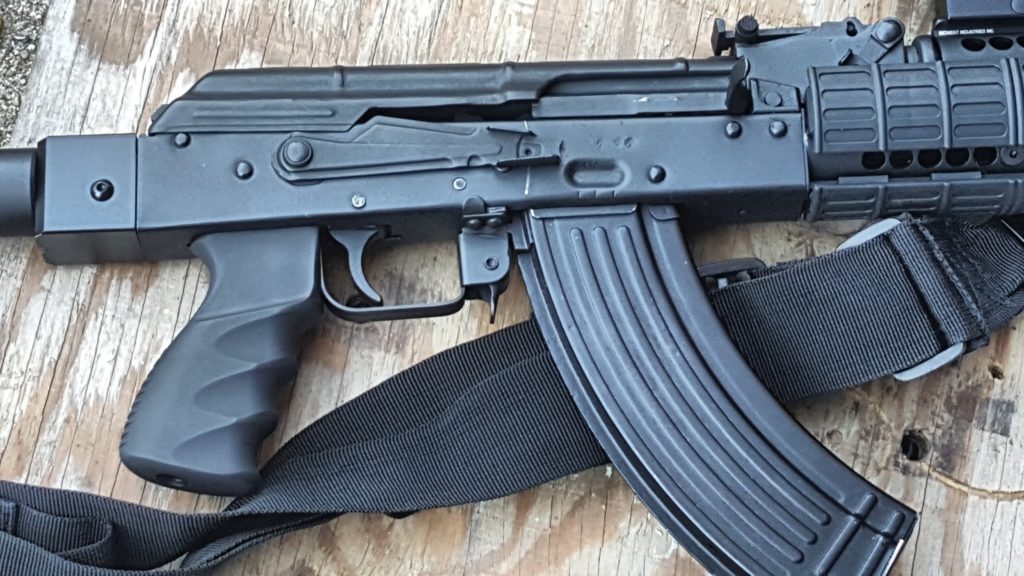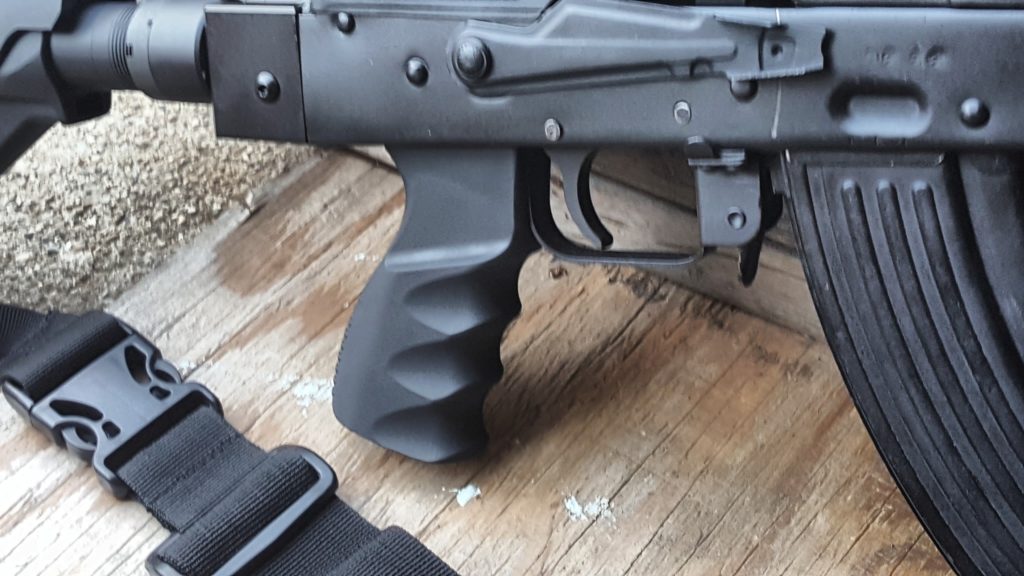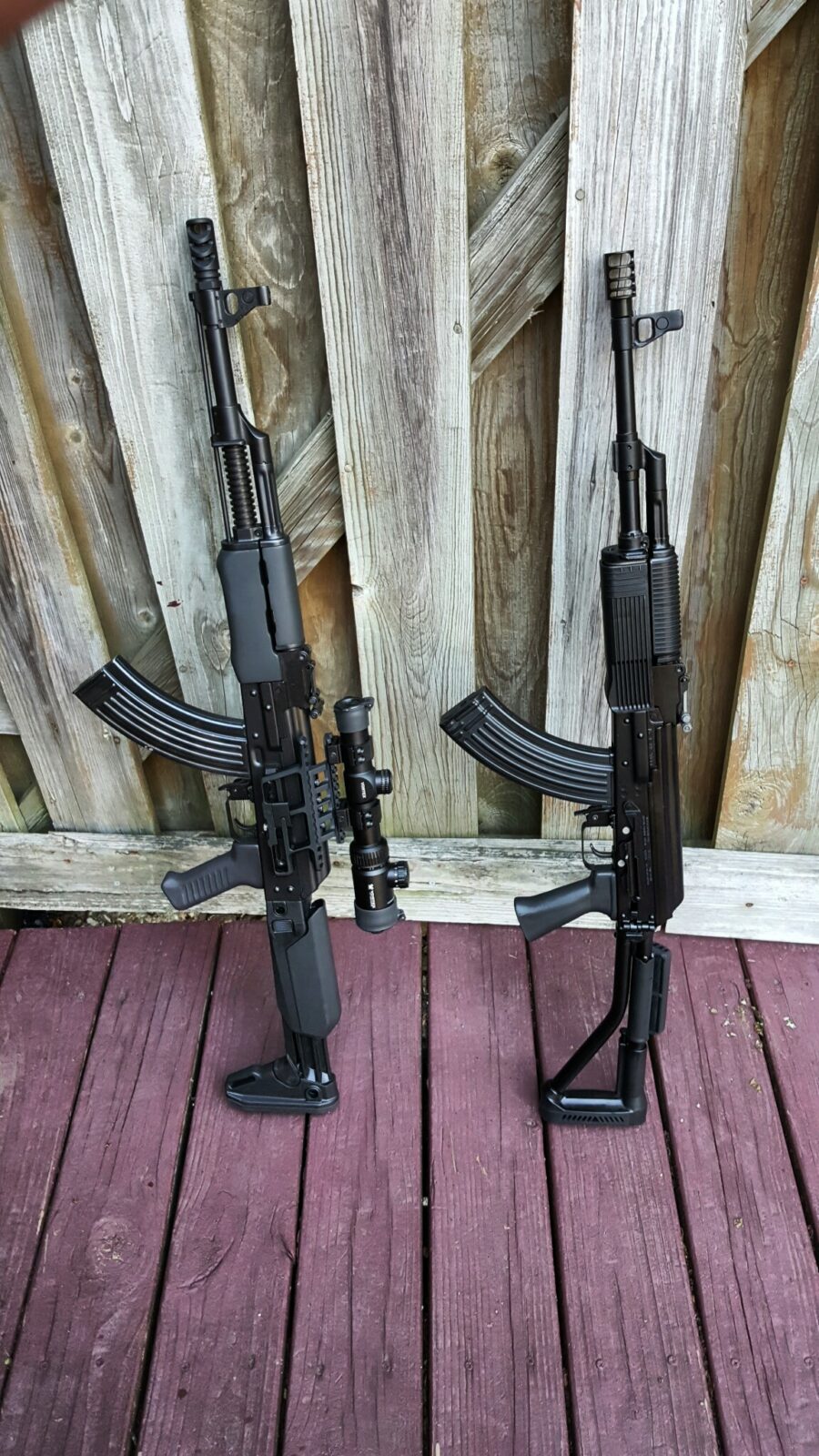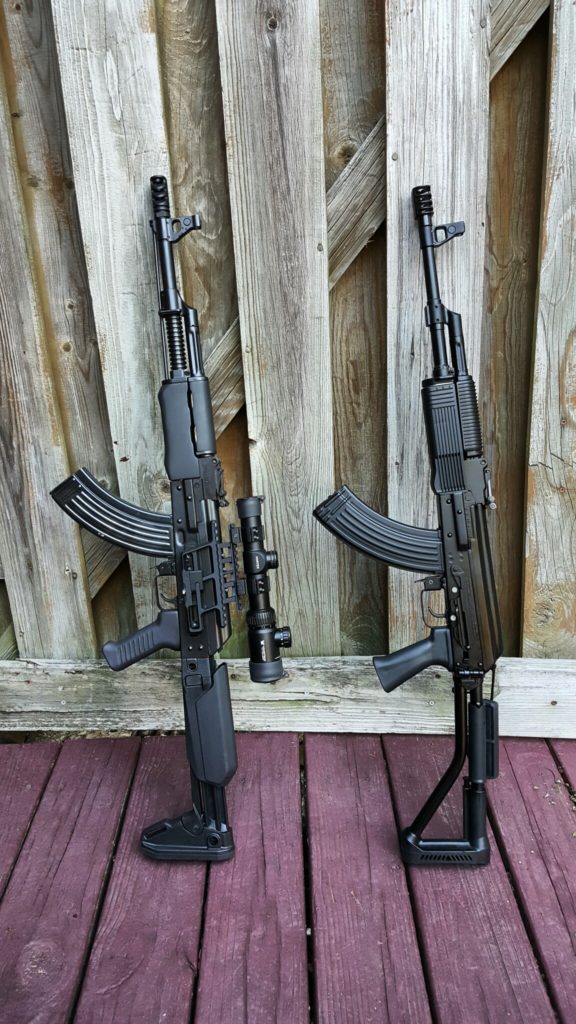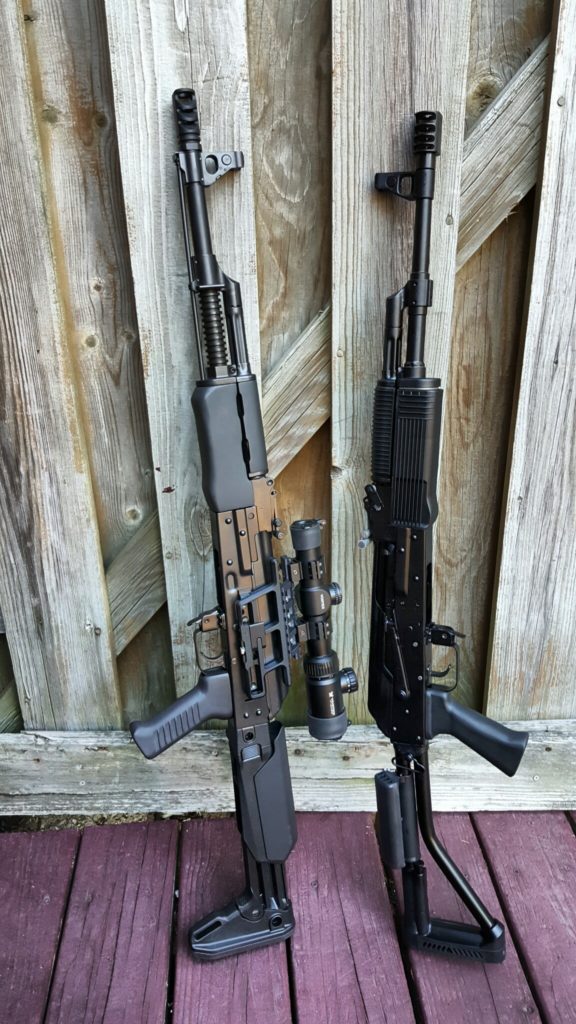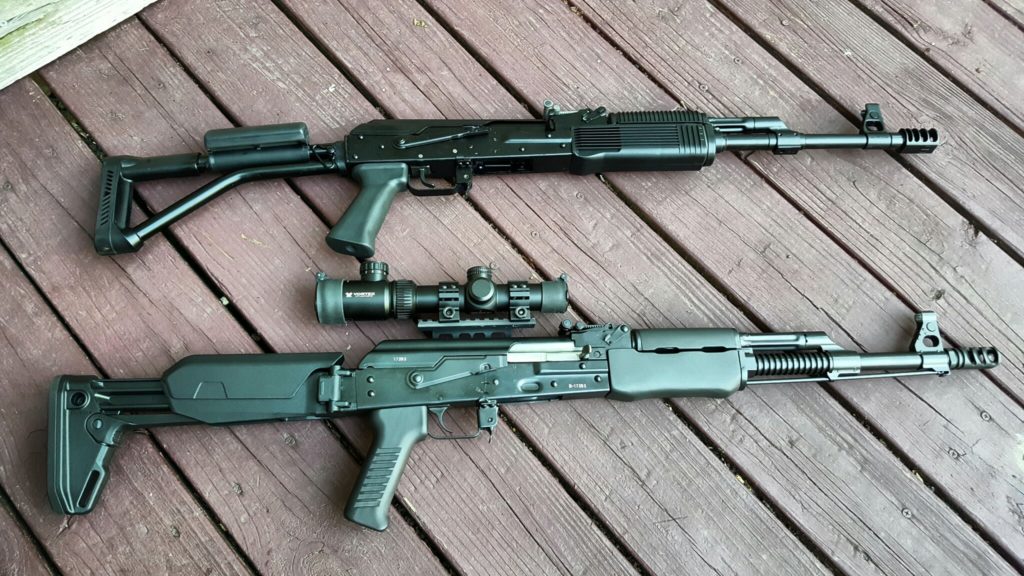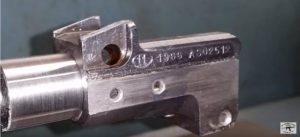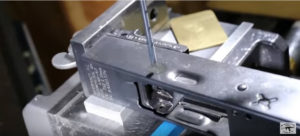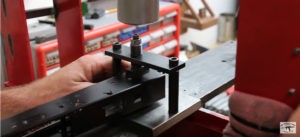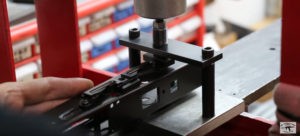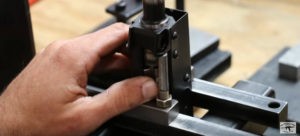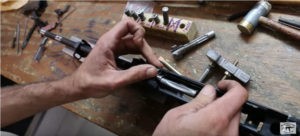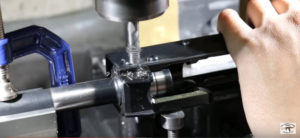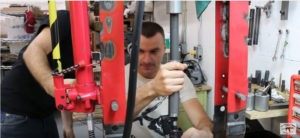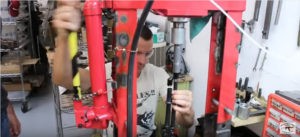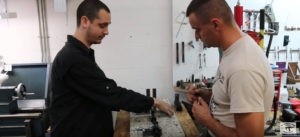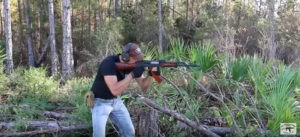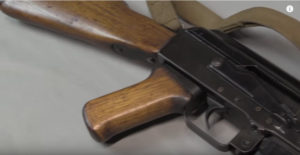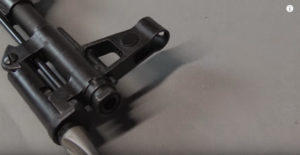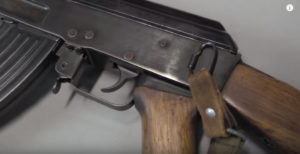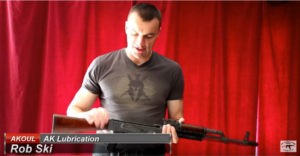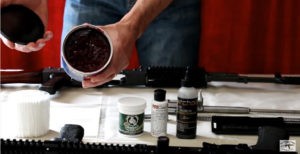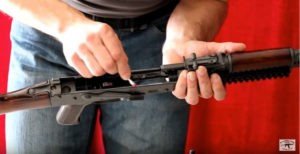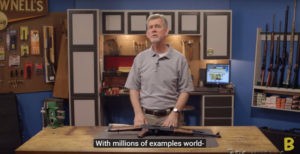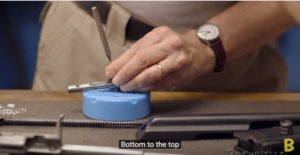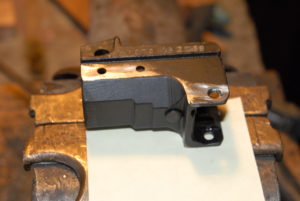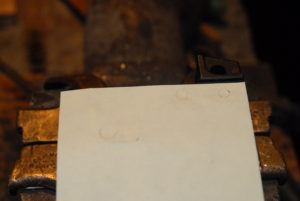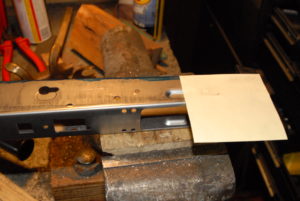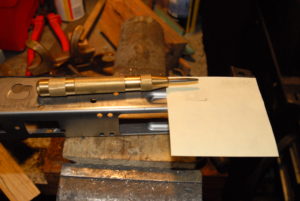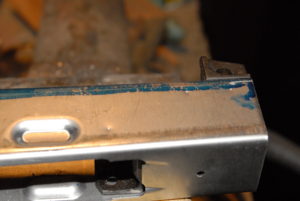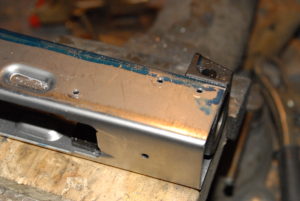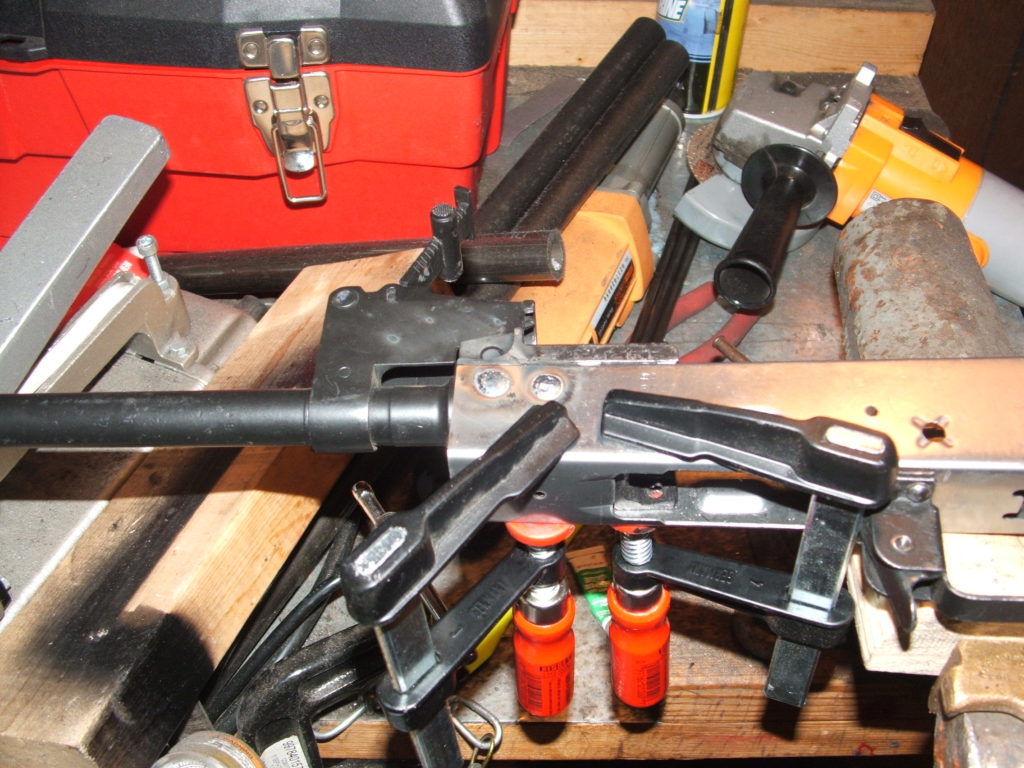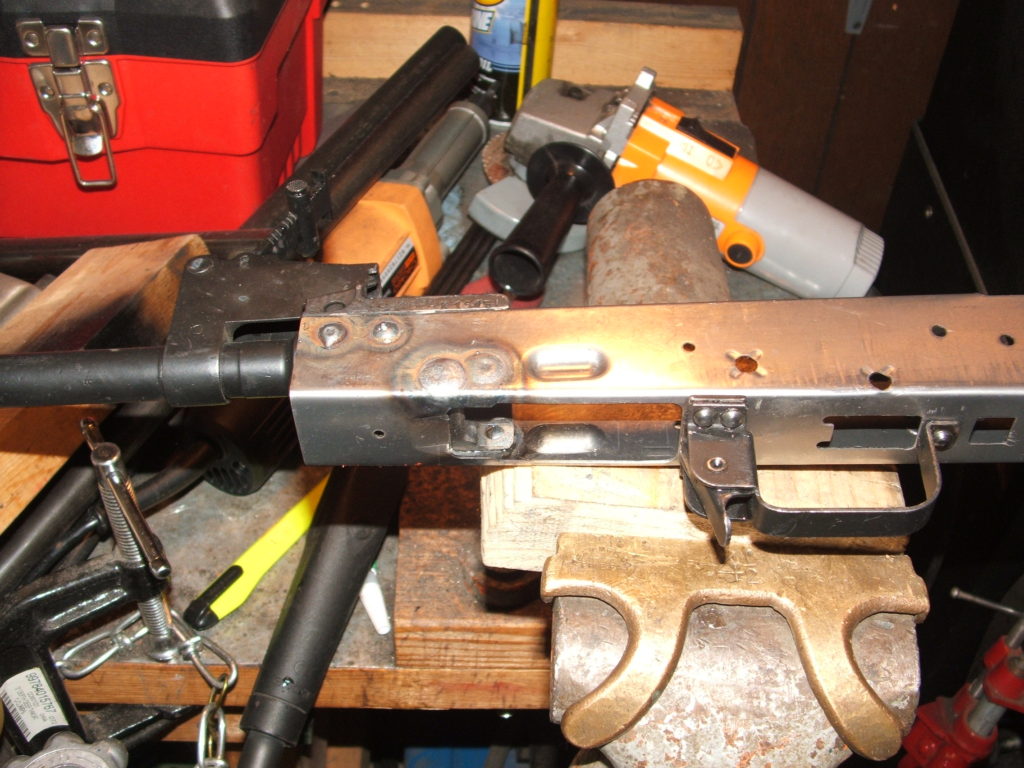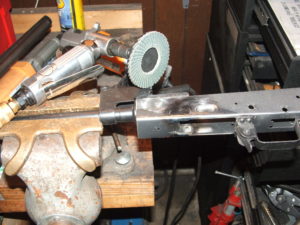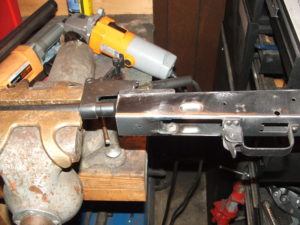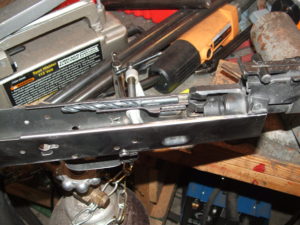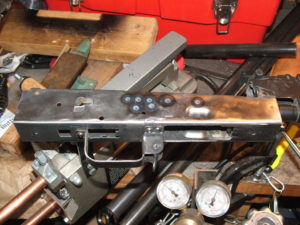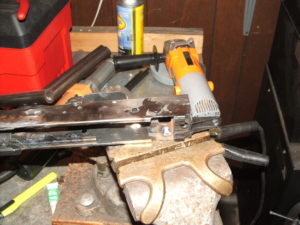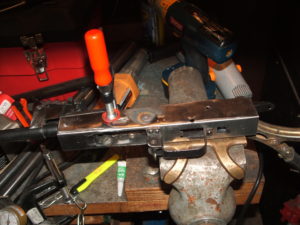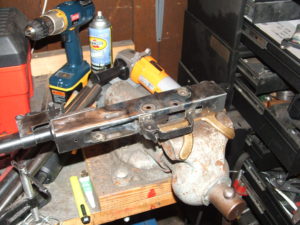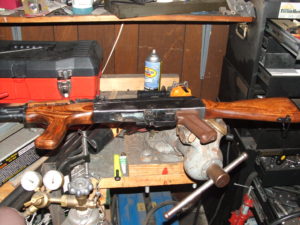The karabinek szturmowy wzór 1996 Beryl rifle is manufactured by the Łucznik Arms Factory in Radom, Poland and is the successor to the Tantal. The first versions of the rifle had a rather typical AKM style grip.
With the kbs wz. 1996C Beryl variant, an ergonomic grip appeared that looked very similar to what the Israelis developed for their Galil Ultra.
So, after doing some digging, I tracked down a brand new copy of that ergonomic grip and made our version. Note, I am simply calling it the second generation or gen 2. That’s my naming and not the Pole’s.
You can see this is like our other grips – it is cast as a solid block and then a hole is drilled for a grip screw. It is sized to fit a normal 100mm long screw like you find with most AKM grips. “US” is cast into the back. If you look at the throat, this ought to fit most rifles but some final fitting/fine tuning may be needed. I have not tried putting this on a Yugo with their unique grip nut strap.
The original has grooves on the back but we will need to sand there so these ridges/lines on the backstrap will not be there. We will sand and blast the grip so it evens out with the surrounding surfaces.
Here is the grip mounted on a Romy G AKM. No fitting was needed – it went right on.
I wear size XL gloves and the top where the web of my hand from the index to the thumb would sit is just a tad small for me. The grooves and thumb shelf are very comfortable and could be used with either hand. For me, I prefer the Russian AK-12 grip or the Bulgarian ARM-9 grip. I’d recommend this for folks who wear Medium to Large to sized gloves. If you wear XL or bigger, you may find this a tad small at the top but it is very doable. I hope to build a Beryl later this year and still plan to use this grip for myself. I also left it on the Romy for further testing. I think folks will like this grip regardless of whether they are building a Polish rifle or one from another country.
Click here to go to our online store if you are interested in learning more and/or buying one.
Please note the opening photos of the Beryl rifle are from Wikipedia. They have a nice basic introduction to the Beryl if you’d like to learn more.
If you find this post useful, please share the link on Facebook, with your friends, etc. Your support is much appreciated and if you have any feedback, please email me at in**@*********ps.com. Please note that for links to other websites, we are only paid if there is an affiliate program such as Avantlink, Impact, Amazon and eBay and only if you purchase something. If you’d like to directly contribute towards our continued reporting, please visit our funding page.
